The main requirements when making curtains from our fabric are related to fire safety.
The following are relevant standards for fire safety for curtains:
| Standard |
Description |
| BS 5867-2:2008 |
Fabrics for curtains, drapes and window blinds - Flammability requirements. Specification |
| EN 13772:2011 |
Textiles and textile products - Burning behaviour - Curtains and drapes - Measurement of flame spread of vertically oriented specimens with large ignition source |
| EN ISO 6941:2003 |
Textile fabrics — Burning behaviour — Measurement of flame spread properties of vertically oriented specimens |
| IMO FTP Code 2010 Part 7 |
Test for vertically supported textiles and films |
The exact requirements depend on the end use and where the product is going to be used.
There are few specific requirements for consumer use, however, if the product will end up in a public place, generally the requirements are stricter.
You must make sure your fabric of choice meets the necessary fire safety requirements.
Note that construction of the final piece can change the fire safety characteristics, including the choice of thread, accessories, lining, etc.
If your intend to retail your products, it is highly recommended to get the final products tested for fire safety before marketing them for sale.
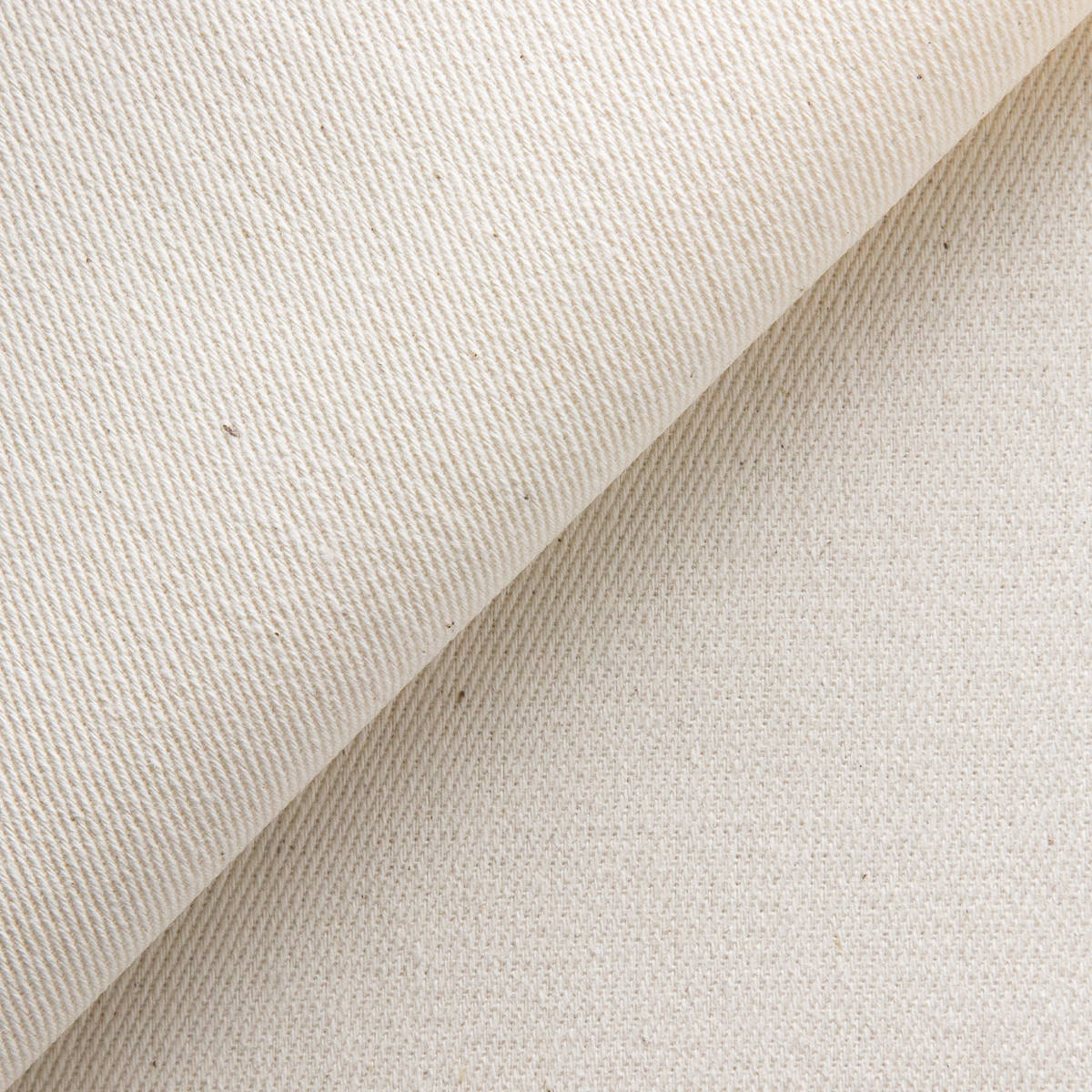
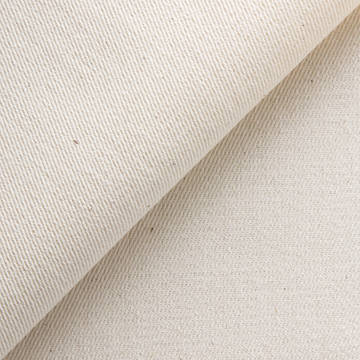
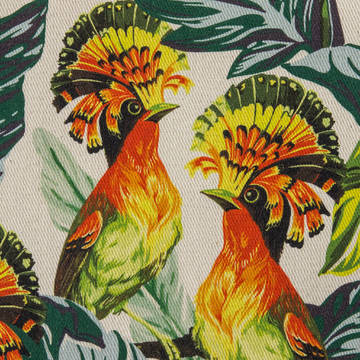
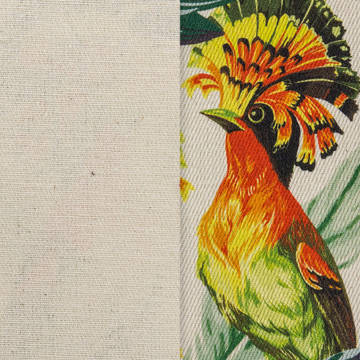
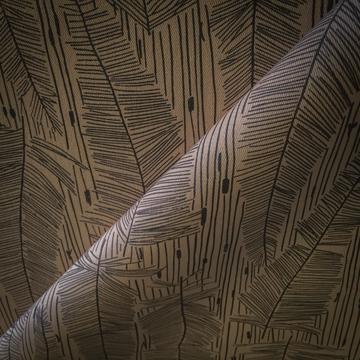
